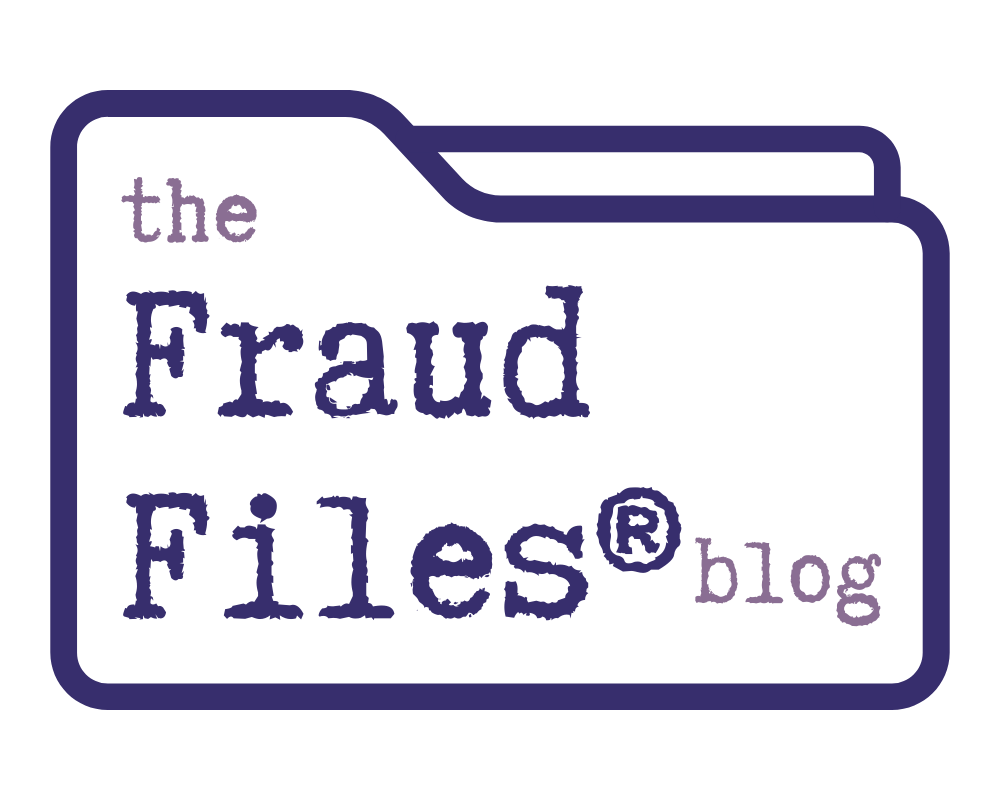
In the early stages of divorce, clients are required to complete financial affidavits, financial declarations, or other similarly titled disclosures. The importance of an accurate disclosure of assets, liabilities, and income is obvious. Yet many clients are unable to accurately prepare this financial information.
Particularly in high net worth divorces, it may be difficult for the husband or wife to report these financial details because of a large volume of data and/or an inability to compute the numbers. The financial declaration will be a primary piece of information used to divide assets, calculate alimony, and calculate child support. Errors can therefore be very costly.
A lifestyle analysis completed by a forensic accountant can solve this problem, and can add other value to the divorce process. The lifestyle analysis is typically done to demonstrate the spending (or the lifestyle) of the family prior to the separation.
The lifestyle analysis is done by analyzing bank statements, brokerages statements, credit card statements, personal and business income tax returns, credit reports, and any other detailed financial documentation that will substantiate the spending. Spending will be categorized, using labels such as insurance, clothing, mortgage, utilities, medical, etc. Adjustments may be made for seasonal or one-time expenses.
The result will be a clear picture of the funds required to maintain the standard of living enjoyed during the marriage.
In addition to simply analyzing and categorizing the spending of the couple or family, the lifestyle analysis might also help to reveal dissipation of marital assets or the hiding of assets by one spouse. The detailed analysis may reveal expenditures that one spouse knew nothing about. It may also show the transfer or withdrawal of large sums of money in a fashion that suggests hidden accounts. It could also uncover sources of income that were previously unknown.
A lifestyle analysis can be especially important for the non-moneyed spouse, since that spouse often has little control over or information about the family’s finances. Without a lifestyle analysis, the non-moneyed spouse cannot be sure that the disclosures by the other side are complete.



